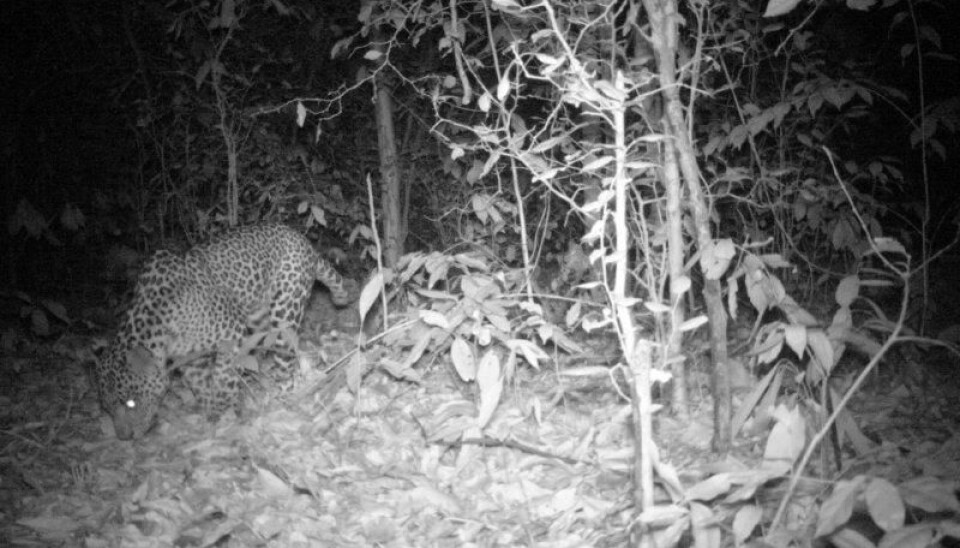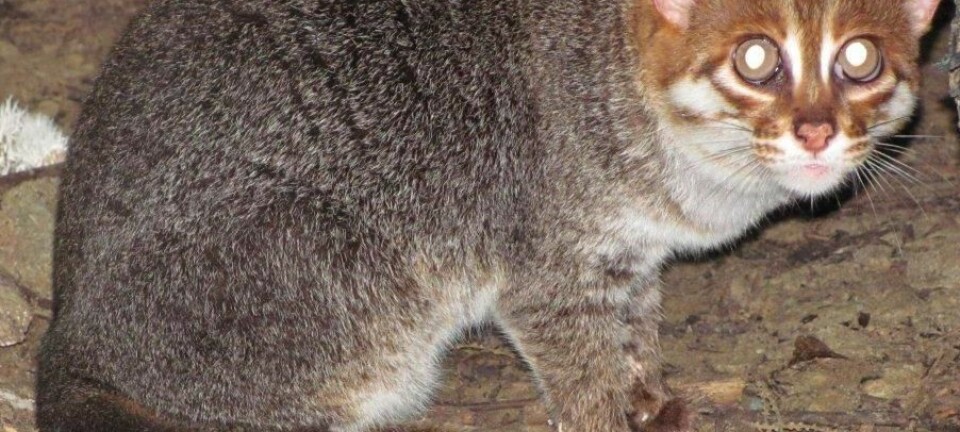Critically endangered Javan leopard caught on camera
Camera traps in a remote Indonesian national park have captured photos of the extremely rare Javan leopard.
Two specimens of the extremely endangered Javan leopard were recently caught on camera traps on the Indonesian island of Java.
The population of the Javan leopard is estimated to be less than 250, which makes it slightly sensational to catch the shy feline on film.
The camera traps were set up by Copenhagen Zoo as part of a training programme for local park rangers.
Critically endangered leopard
Not only did the camera traps catch the regular Javan leopard; the researchers from Copenhagen Zoo almost spilled their coffees when a photo of the even rarer black Javan leopard appeared on their screen.
Sometimes animals are categorised as endangered because their actual number hasn’t been investigated. That’s why it is important to look for them.
Bengt Holst
“To get photos of both animals in such a short time-span might indicate they are more common than we thought,” Bengt Holst, research manager at Copenhagen Zoo, writes in a press release.
The Javan leopard has been classified as ‘critically endangered’ by the International Union for Conservation of Nature (IUCN) since 2008. The big cat’s habitat has now been reduced to only a few national parks.
More camera traps will tell us more about the leopard’s distribution
Copenhagen Zoo is planning to increase the amount of camera traps from 10 to 50, hoping it will help them learn more about how this endangered species is distributed around Java.
“Sometimes animals are categorised as endangered because their actual number hasn’t been investigated,” writes Holst. “That’s why it is important to look for them.”
The main threat to the Javan leopard is the rising overpopulation in Java. With a population density of 1,000 people per square kilometre, Java ranks as one of the most heavily populated islands in the world.
In 2005 the Indonesian government banned all hunting activities of the rare Javan leopard.
The Javan leopard would not be the first big cat to disappear from the tropical island. In late 1990 the Javan tiger was declared extinct. It is now feared that the leopard will share a similar fate.
The leopards were caught on camera in the small Alas Purwo National Park, which covers an area of roughly 450 square kilometres on the eastern part of the island.
-----------------------------
Read the Danish version of this article at videnskab.dk
Translated by: Kristian Secher











